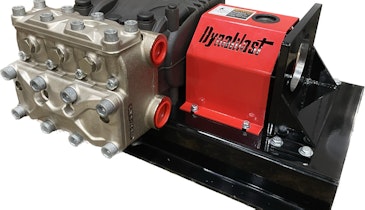Have you ever spent a full day deep in a swamp, watching over hummocks and tussocks guarded by tightly packed black spruces?
I’ve spent some long days in the swamp. Watching the sun rise through scraggly spruce tops, listening to the birds wake up and stretch their wings, the red squirrels chattering back and forth as they race from tree to tree. I’ve had blue jays and chickadees land on branches within a foot or two of my face, seen turkeys, grouse, coyotes and snowshoe hares.
One cold morning after a fresh snowfall, I watched a bobcat move with incredible grace through the thick brush at the edge of a clearing and perch on a hummock about 20 yards away. It sat for a minute at most before slipping into the woods on the other side of the opening. I never heard it make a sound. On another gray, blustery afternoon, I watched seven wolves move in single file across that same clearing at a much greater distance. I felt like I was a thousand miles from civilization as I watched one, then another and another push purposefully through the swamp.
I’ve researched the plants — Labrador tea and wild cranberries are plentiful in my particular swamp — and know what the primary feathered and furred inhabitants are eating.
Nature doesn’t shy away from the swamp. But people often do. The very term “swamp” carries negative connotations — dark, wet, mucky places where it’s difficult to go and easy to get lost. People talk about draining swamps and filling them in. They get in the way of development. In that context, they’re often seen as having no value. That’s obviously far from the truth.
We’ve talked a lot about green infrastructure, watershed restoration and wetland protection as they pertain to stormwater management in the pages of this magazine. That term “wetland” is often viewed very differently than “swamp.” It conjures a nurturing, natural environment with vibrant flora and fauna. Regardless of the language, that’s what all swamps are.
They also — it should go without saying — play an incredibly important role in the water cycle. They are living filtration systems. They absorb contaminants. They capture and store massive volumes of water, mitigating flood risks in surrounding areas. Their value isn’t measured in the revenue generated from a parking structure or the rent from an apartment building, but it can be far greater.
I’m lucky here in Wisconsin that state statutes govern most of the wetlands that lost federal protection after a Supreme Court decision last year. My swamp is protected. But across the country, many others are at risk. And that potentially puts commercial and residential areas at greater risk of stormwater issues, which often come at great expense.
I hope you’ll help your communities understand the real cost of draining swamps and the full value of preserving and protecting wetlands.
Enjoy this month’s issue.





